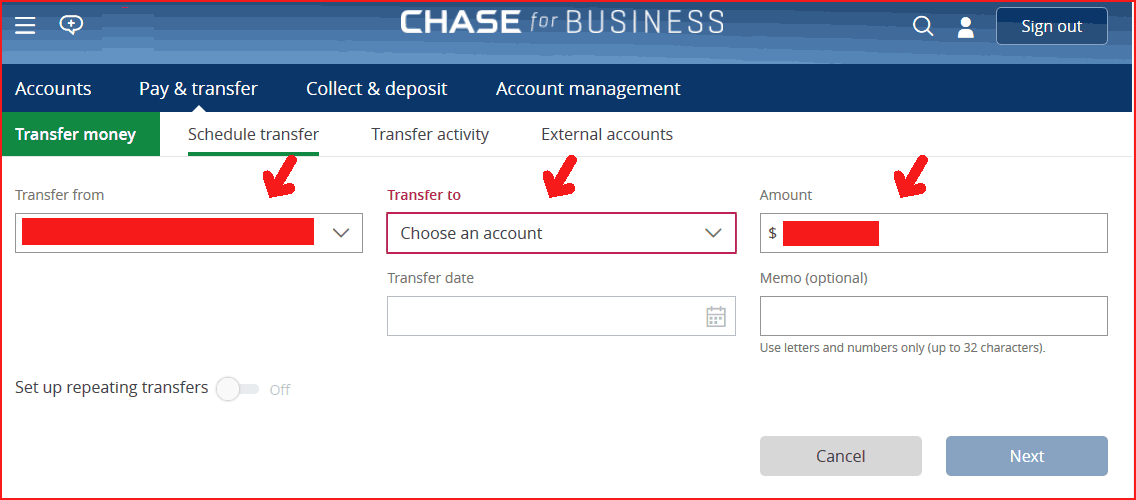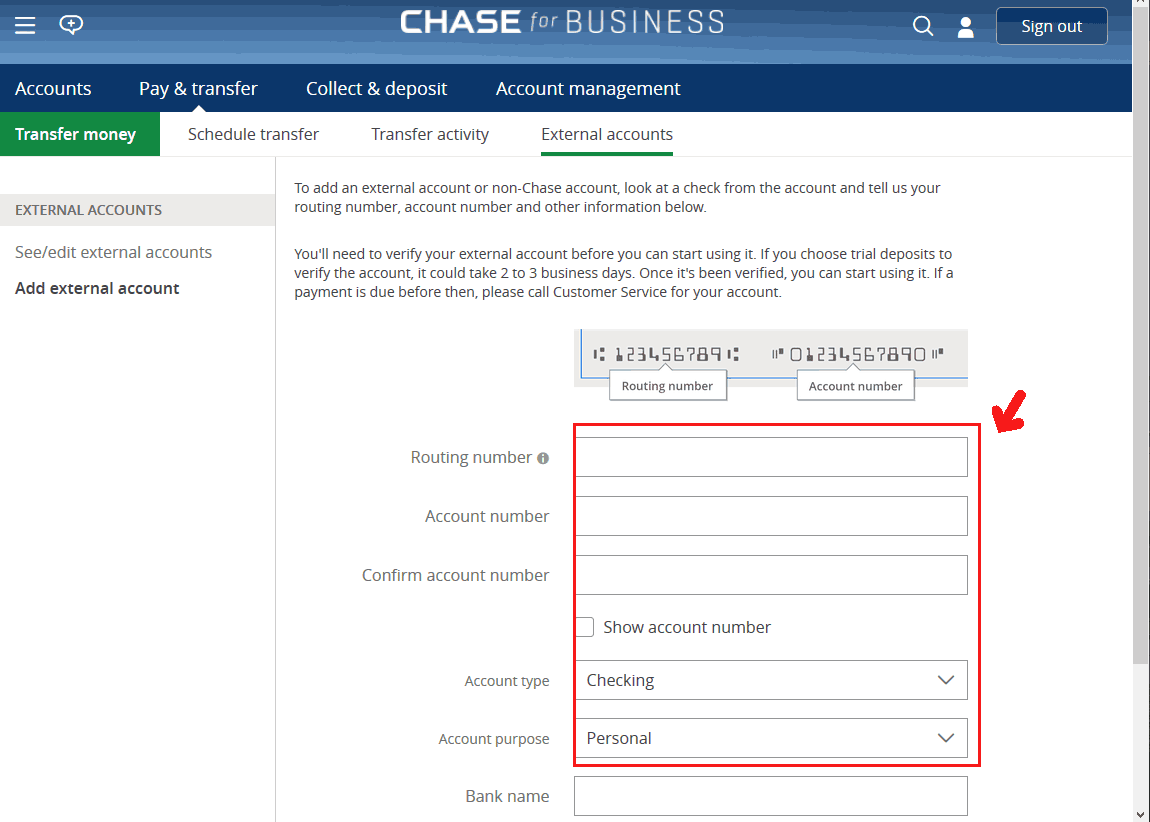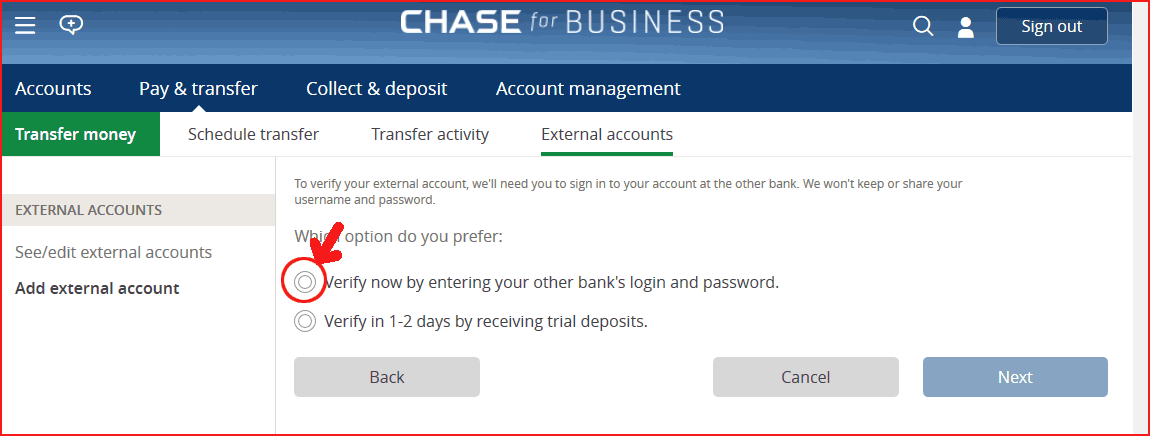Author: Alpha Guy
Election Procedures
AB 61; Election Procedures. This law amends various sections of the Davis-Stirling Common Interest Development Act (Civil Code) by mandating that all homeowner and industrial associations adopt certain election rules and procedures. The mandatory rules are stated below.
Access to Media
The law mandates that, upon the written request of any candidate or member advocating a point of view, the candidate or member must be provided access to the association’s media, newsletters, or internet web sites, if any, during a campaign, as long as that candidate or member is using them for purposes reasonably related to that election. Equal access must be provided to all candidates and members advocating a point of view, whether endorsed by the board or not, as long as their purposes are reasonably related to the election. An association may not edit or redact any content from these communications, but may include a statement specifying that the candidate or member, and not the association, is responsible for that content.
Access to Meeting Space
An association must allow all candidates free access to any common area meeting space during a campaign, including those who are not incumbents, and to all members advocating a point of view, regardless of whether or not they are endorsed by the board, for purposes reasonably related to the election. Qualifications for the Board. The qualifications for candidates for the board of directors must be stated in an association’s election rules. The bylaws require that all board members be members or owners within the development, and that candidates be current in the payment of dues or assessment. Additional qualifications may be stated in the CC&Rs or bylaws of the association.
Nomination Procedures
Nominations for a director may be made by any member of the association. A member may nominate himself or herself as a candidate for a directorship. Other nomination procedures must be stated in the election rule. The bylaws specify the additional nomination procedures and allow nominations from the floor.
Qualifications for Voting
The qualifications for a member to vote must be stated in the election rules. Members are required to be “in good standing” (HOA Dues paid up in full).
Voting Period
Written ballots must be sent to every member at least 30 days prior to the date set to count votes. The rules must state when and where ballots must be returned. The ballots must be secret and confidential and must be counted in an open meeting of the association.
Inspector of Election
The law requires that either one or three inspector(s) of election be appointed and requires that the procedure for appointing the inspector of election be set forth in the election rules. Inspectors of election cannot be board members, candidates for the board, or related to any candidate or board member. The Board, however, may serve as the appointing authority for the Inspector or Elections.
Duties of Inspectors of Election
The duties of the Inspector(s) of Election include: Determining the number of memberships entitled to vote and the voting power of each;
* Determining the authenticity, validity, and effect of ballots and proxies, if any;
* Receiving ballots. The sealed ballots must be in the custody of the inspector(s) of election until after the tabulation of the vote, at which time custody must be transferred to the association;
* Hearing and determining all challenges and questions in any way arising out of or in connection with the right to vote;
* Counting all votes in an open meeting of the association; and
* any other duties listed in the law.
Confidentiality of Ballots
The board must deliver (cause to) or send by first-class mail the written ballots and two pre-addressed envelopes, with instructions on how to return the ballots, to every member at least 30 days before the date of the annual election. In order to preserve confidentiality, voters may not be identified by name, address, or lot, parcel, or unit number on the ballot. The association must use the procedures of the California counties for ensuring confidentiality of voter absentee ballots, including all of the following:
A. The ballot itself is not signed by the voter, but is inserted into an envelope that is sealed. This envelope is inserted into a second envelope that is sealed. In the upper left hand corner of the second envelope, the voter prints and signs his or her name, address, and lot, or parcel, or unit number that entitles him or her to vote.
B. The second envelope is addressed to the inspector(s) of election, who will be tallying the votes. The envelope may be mailed or delivered by hand to a location specified by the inspector(s) or delivered to the inspector(s) at the meeting where the election is held. The member may request a receipt for delivery.
Proxies
Proxy instructions must be set forth on a separate, detachable page of the proxy that can be given to the proxy-holder to retain. The proxy-holder must cast the member’s vote by secret ballot.
Voting Results
The results of the election must be promptly reported to the board and recorded in the minutes of the next meeting of the board. These results must be available for the members to review and publicized within 15 days of the election in a communication directed to all members.
Storage of Ballots
After tabulation, the association must store the election ballots in a secure place for at least one year after the date of the election. If there is a recount or other challenge to the election process, the association must make the ballots available for inspection and review by the members or their authorized representatives if they make a written request. Recounts must, of course, be conducted in a manner that preserves the confidentiality of the vote.
Other Rules
The association’s election rules may not conflict with AB 61 or the bylaws.
1. If ballots are mailed out, nominations may still be taken from the floor, but are not required to be taken from the floor.
2. A proxy-holder vote does not trump a previously-mailed ballot if said ballot is mailed to the Board.
Protected: Parking Rules
Protected: Parkside Surveillance
How to set up ACH transfers
What is an ACH Transfer?
An ACH transfer is one of the main ways to send or receive money online.
Automated Clearing House transfers account for the online bill payments you make to your HOA dues. ACH debit transfers, including payroll direct deposits and most bill payments, are typically free. If you need expedited bill payments, there can be fees.
The simplest way to set this up is to walk over to your bank and tell them you want to set up an ACH bank-to-bank payment. Be sure you have the ROUTING NUMBER and ACCOUNT NUMBER of the HOA bank (you can get this from Alpha Management) and your personal ACCOUNT NUMBER (you can get this from your check book). They can set this up for you and you can choose if you want to pay manually online and/or set it up so you automatically pay at a specific day of every month.

The most important information you should have are:
- Your Account Number (Bank ONE) –
your bank where you will be sending the money from - The Routing Number of the HOA bank (Bank TWO) –
Each bank has its own routing number so out of all the different banks in the world, which bank you want your money to go to. - The Account Number of the HOA bank (Bank TWO) –
out of all the accounts in this bank, which account you want your money to go to.
Sample Procedure to Set Up ACH
Below is a step-by-step instruction on how to set up your ACH transactions online if you are using Chase Bank. We will be using screenshots taken from Chase Bank. Other banks should have similar procedures; but to be sure, please call your bank.
STEP 1

- TRANSFER FROM: Indicate the source of which of your accounts (ex. from your checking or savings account) you want to take the money out from.
- TRANSFER TO: Choose if you want to transfer to an internal or external bank.
- AMOUNT: Indicate how much you want to pay.
STEP 2

Your bank may warn you that you are being directed to another website, that should be fine since you entered legitimately to your online bank account.
STEP 3

Fill out the following:
- Routing number of the HOA bank: (ex. 122244249)
- Fill out the Account number of the HOA bank: (ex. 123456789)
- Account type: Checking
- Account Purpose: Personal
- If you put in the correct routing number, the Bank Name should appear in that box
- The rest of the blanks should be pretty straightforward
STEP 4

The most convenient choice is to VERIFY NOW. If you choose that, you will need to enter the LOGIN and PASSWORD that you use when you go online to your bank.
Choosing to verify in 1-2 days will require a more complex procedure. We do not recommend it.
After you have established this link between your bank and the HOA bank, you should be able to make your first payment. Later you will be able to specify the frequency of your payment.
That’s it! Good luck!
Note: These instructions are meant as a guide. Procedures may vary with different banks. Alpha Management will not be held responsible for any inaccuracies.
Protected: Monte Vista Specifics
Protected: Only For Walnut Greenwood
Protected: Only for Monte Vista Home Owners
If You’re Behind on Your Mortgage It May Be Problematic to Sell Your Home
Many think about selling their homes when they are behind in their mortgage payments. If your lender has foreclosed on your home, selling out may not be an option.
After more than 120 days past your payments, your lender can legally reclaim your home. You may actually be forced out of your home. Missing one payment is all that is needed to start the foreclosure process.
Adding to the pain, a foreclosure goes on your credit report and can drop your credit score by as much as 300 points, possibly more. This can hurt your ability to obtain a credit card, auto loan, or cellphone plan, and also prevent you from being able to qualify for another mortgage for many years.
But here’s the bright side: You have up until the day that foreclosure takes place to sell the home on your own. Still, the process of selling your house before foreclosure isn’t easy. Here’s what you need to know.
Can you sell a home if you’re behind on your mortgage?
Whether or not you can sell your house before foreclosure will depend, first and foremost, on whether your house is worth more or less than what you owe on your mortgage.
If you’ve fallen behind on your loan payments but aren’t underwater yet—meaning the fair market value of your home is greater than what you owe on your home loan—you can sell your house and use the profits to pay back your lender.
If you choose to go this route, you’d follow the same steps you’d normally take to sell a home: You’d find a listing agent, accept an offer, and fulfill any contingencies before closing on the sale. Typically, you don’t need to get your lender’s permission to sell your home this way.
However, if your home is worth less than what you owe on your mortgage, you’ll need to sell your property as a short sale to avoid foreclosure. The caveat is that your bank has to be on board with this kind of transaction.
Here’s how a short sale works: Let’s say the bid you get on your home is so low that it won’t cover the total amount you owe on your mortgage. If you accept the offer, you’re going to end up “short” on paying back your lender. That’s OK only if your bank has agreed to accept less than what’s owed on the loan.
Getting your bank’s blessing, however, may be difficult. Since lenders lose money with short sales, they’re not always eager to approve these transactions. But some lenders actually prefer short sales over foreclosing and repossessing homes, since owning and selling property can be huge hassles.
Before approving a short sale, your bank will require you to submit some paperwork, including your offer letter and a “hardship letter” explaining why you can no longer make your mortgage payments, along with financial documents such as income statements or medical bills to back that up. Also, most lenders will have your home appraised to determine if the offer you’ve received is fair. If it is, they may allow the deal to go through—though there may be stipulations.
Indeed, lenders will often counter short sale offers with their own demands in an effort to raise their bottom line. For example, buyers might hear, “We’ll accept your offer, but you’re responsible for all repairs, wire transfers, and notary fees.” It’s ultimately up to you, though, to decide whether you’re willing to absorb these extra costs. The good news: Your real estate agent can help you negotiate these terms with your bank.
As a home seller, a short sale is preferable to foreclosure, since short sales do way less damage to your credit score than a foreclosure. This means you’ll be in better shape to apply for a mortgage and buy a new home down the road. In addition, you get to stay in the home until the sale is completed. (Foreclosures force homeowners to vacate.) You also avoid the shame of having your property repossessed by your bank.
Alternatives to selling your home
If you’ve fallen behind on your mortgage payments but would like to stay in your home, there are a couple of ways you can get back on track. You might qualify for a mortgage forbearance, a process where your servicer gives you a temporary break from your mortgage payments. Think of it as an “extended grace period,” says Guy Cecala, chief executive and publisher of Inside Mortgage Finance.
Another strategy is to negotiate a loan modification, in which case your mortgage lender agrees to let you change the terms of your loan. However, if you choose to modify your mortgage and your lender allows you to skip payments temporarily, those missed payments will be added to your loan’s principal to pay later—meaning this isn’t a get-out-of-jail-free card that lets you walk away from falling behind on your mortgage unscathed.
